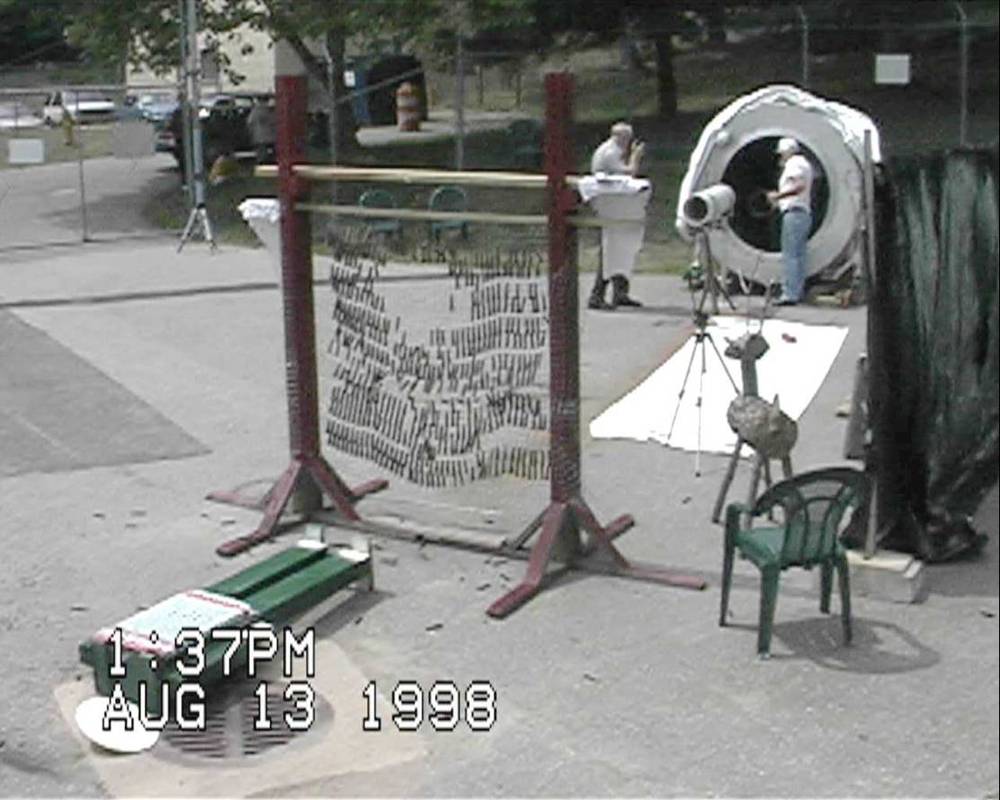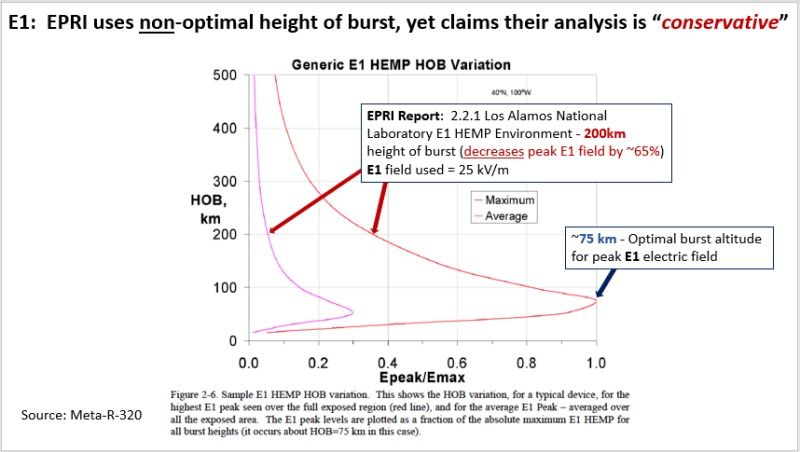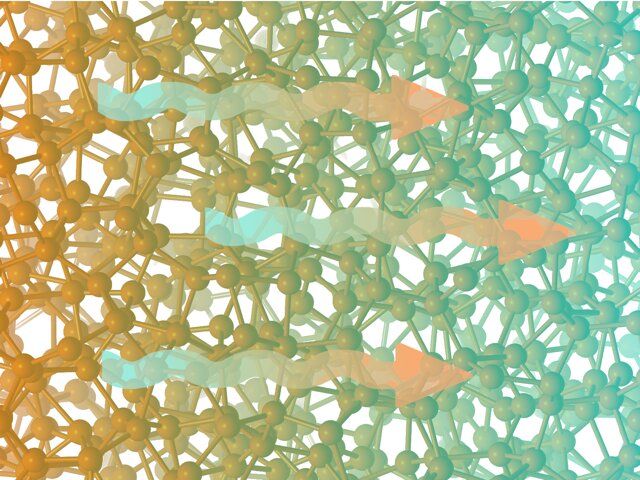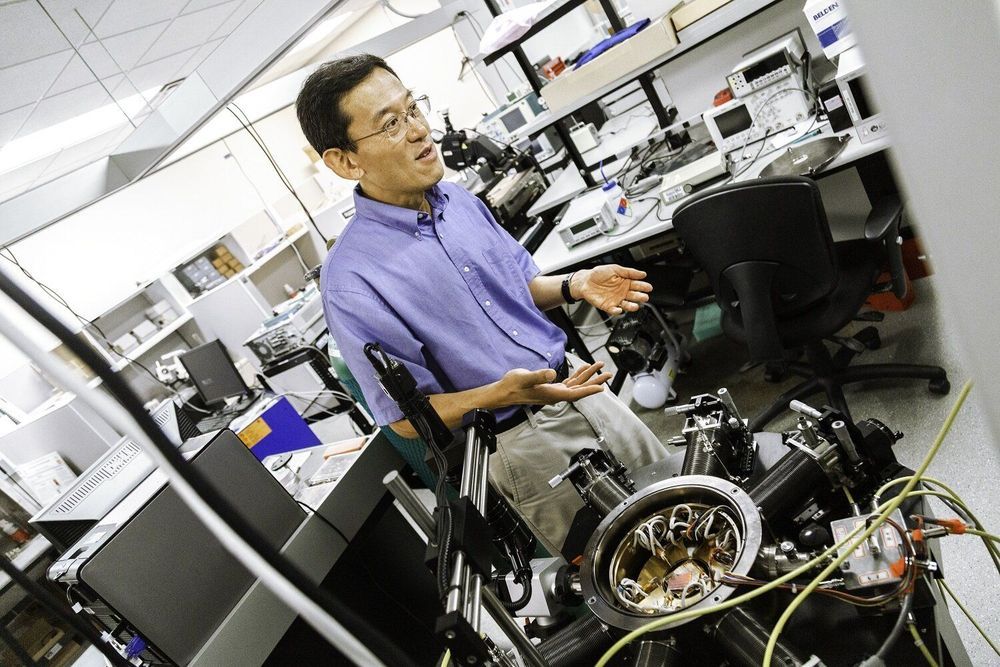Theoretical physicists from SISSA and the University of California at Davis have developed a new approach to heat transport in materials, which finally allows crystals, polycrystalline solids, alloys and glasses to be treated on the same solid footing. It opens the way to the numerical simulation of the thermal properties of a vast class of materials in important fields such as energy saving, conversion, scavenging, storage, heat dissipation, shielding and the planetary sciences, which have thus far dodged a proper computational treatment. The research has been published in Nature Communications.
Heat dissipates over time. In a sense, heat flow is the defining feature of the arrow of time. In spite of the foundational importance of heat transport, the father of its modern theory, Sir Rudolph Peierls, wrote in 1961, “It seems there is no problem in modern physics for which there are on record as many false starts, and as many theories which overlook some essential feature, as in the problem of the thermal conductivity of nonconducting crystals.”
A half-century has passed since, and heat transport is still one of the most elusive chapters of theoretical materials science. As a matter of fact, no unified approach has been able to treat crystals and (partially) disordered solids on equal footing, thus hindering the efforts of generations of materials scientists to simulate certain materials, or different states of the same material occurring in the same physical system or device with the same accuracy.










